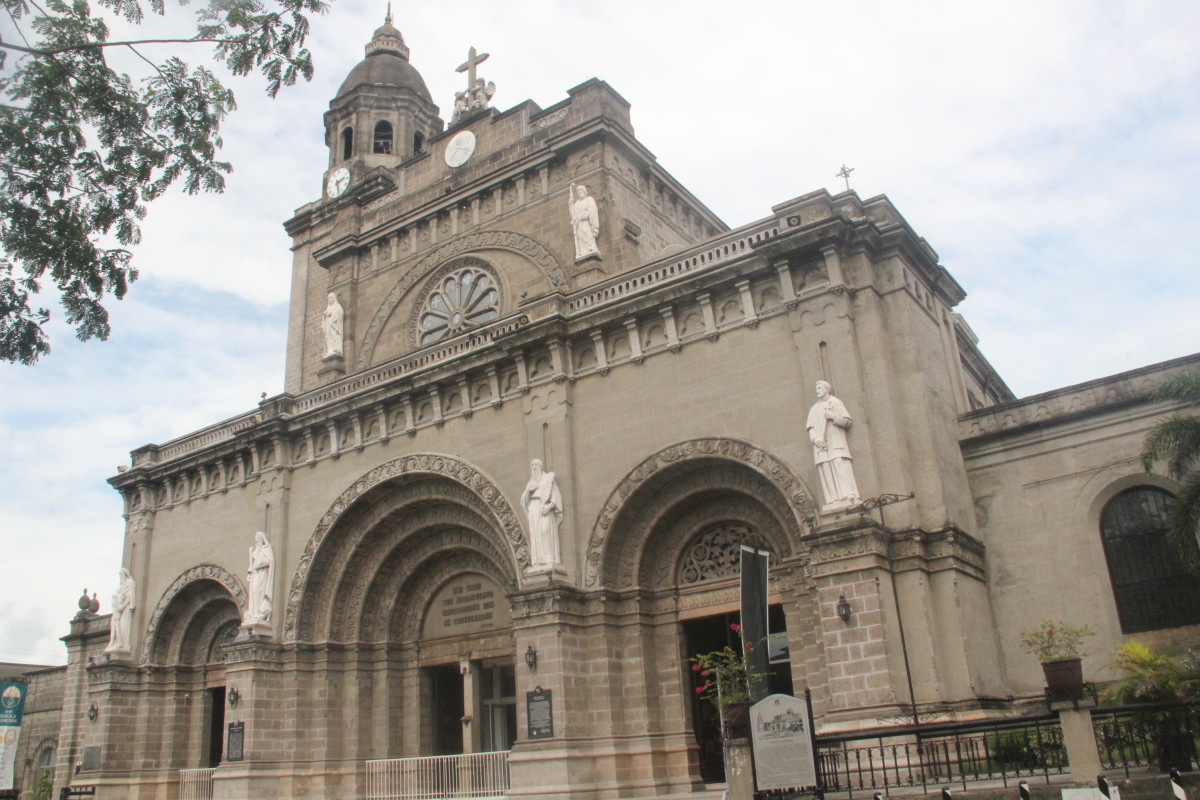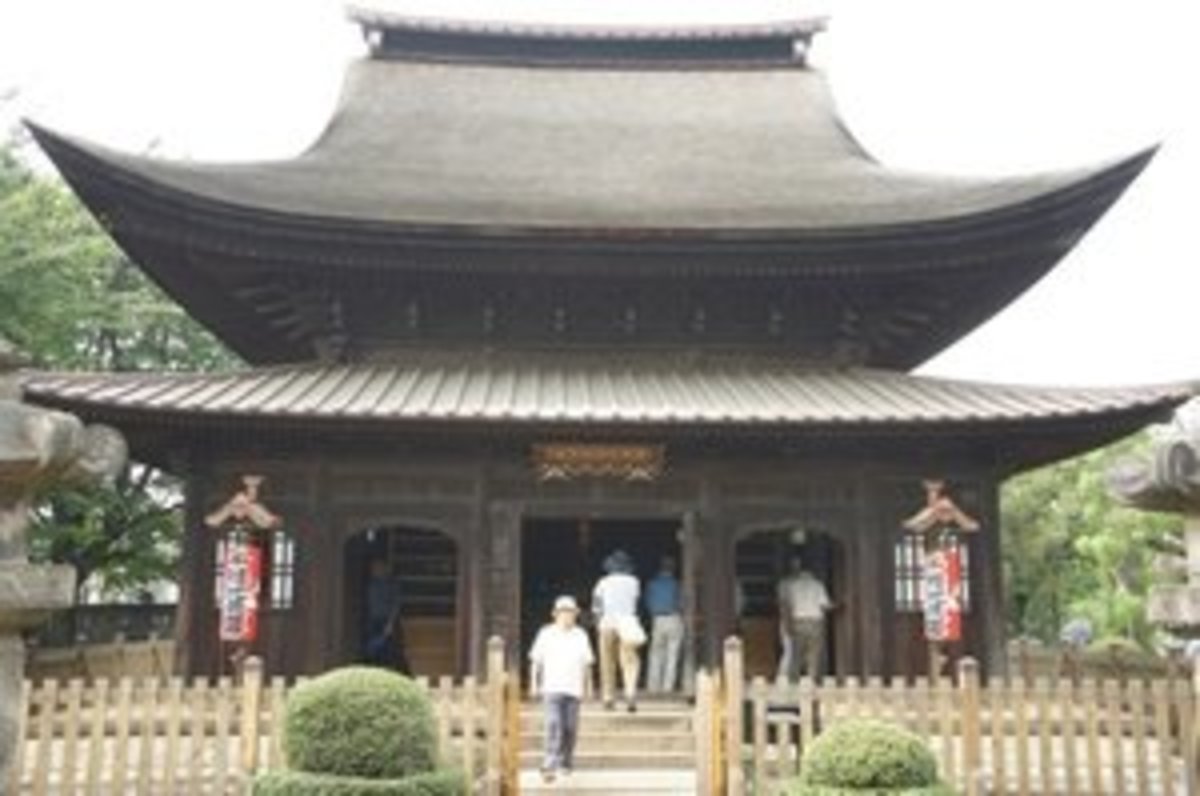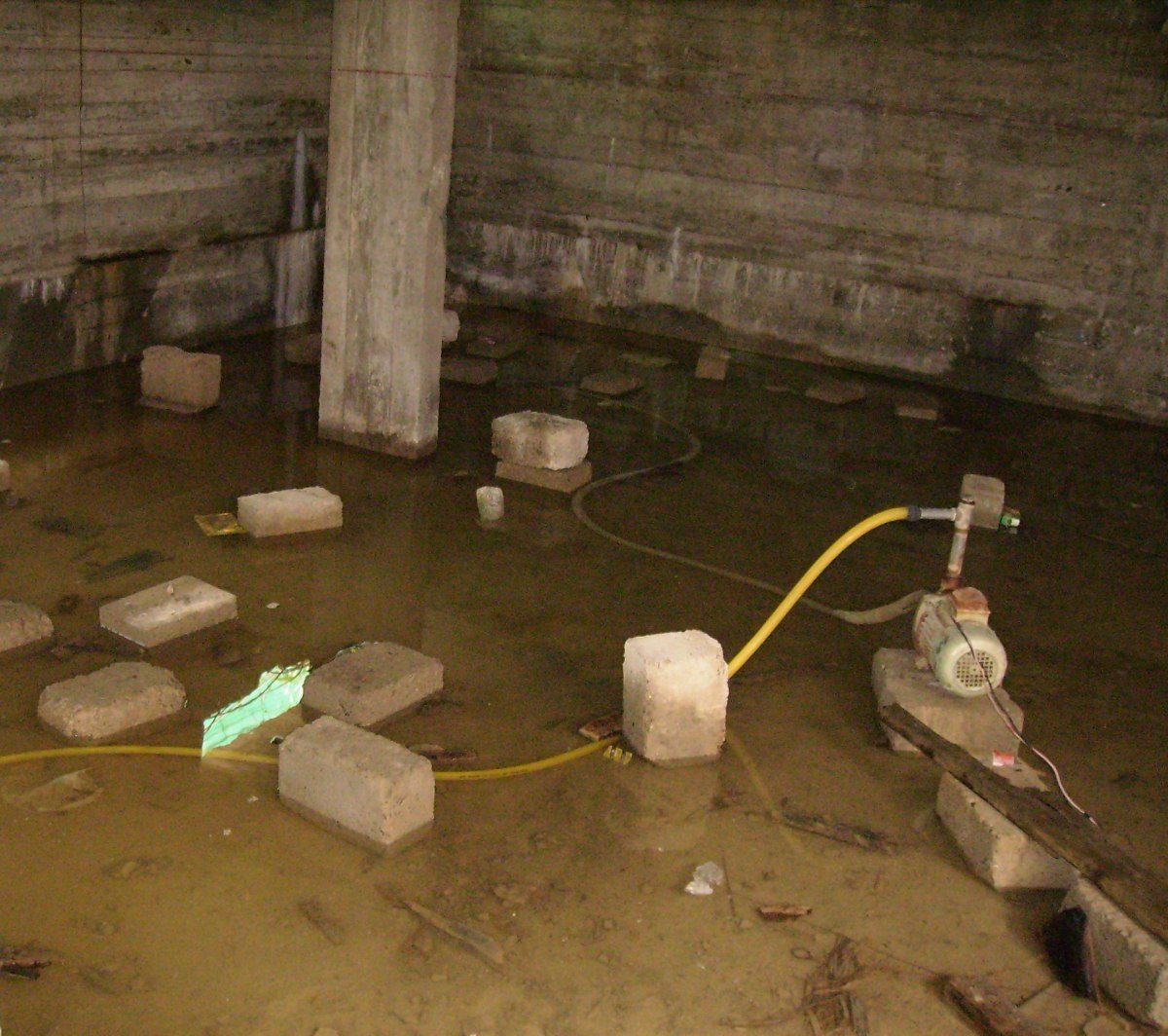INTRODUCTION TO ARCHITECTURE & importance of Space and Emptiness
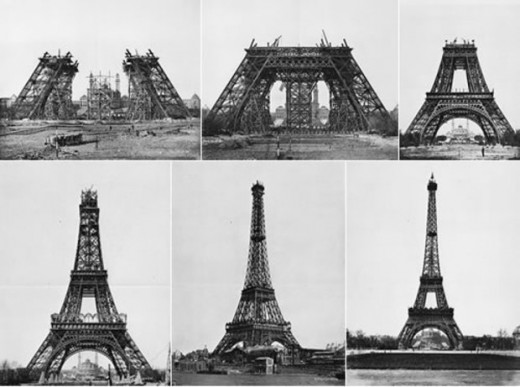
Structure And Form
Architecture is carried by the tangible presence of a building. A concrete built structure is an indivisible whole consisting of a number of its constituent elements including its engineering, utility, history, location, style, theme etc. Almost all the structures possess concealed and revealed aspects of its existence. The imposing edifice standing before our eyes is revealed while the structure beneath these stylistic expressions that makes the edifice so stand is concealed. Courts, halls, rooms and passages are visible while the utilities they provide are invisible. In most of the classical buildings, structures are concealed while forms are revealed. However, some modern constructions imposingly express the structural element. In Eiffel Tower, the exposed tangle of its iron works seems to be the form and the theme it wants to express. Structure and form are the two inseparable components every architecture carries. The essence of architecture lies in the themes and meanings expressed through forms. The forms in turn are expressed through structures. Thus, the abstract component that is the real architecture is expressed through the tangible presence of the built structures.
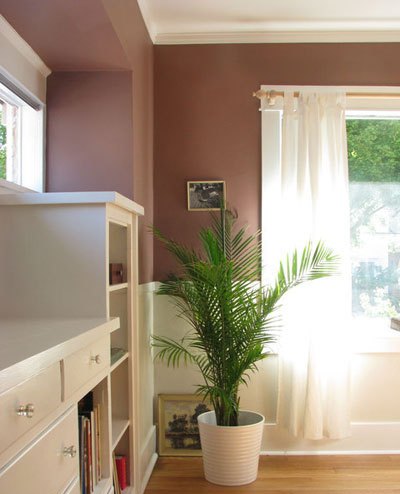
Forms In Empty Space
The structure-form duality is a common phenomenon of material world but it is present in architecture in an interesting and unique manner. In architecture forms are expressed not only by structures but also by empty spaces defined by the structures. For example, an octagonal or square 'room' is in reality an empty space and not a built structure. The built structure defines this empty space so. The walls constitute the filled up space but more important is the empty space defined by it. Architecture resembles a container or a 'pot' in this respect. A pot defines the empty space of its interior but without the filled up space that empty space is of no use. Again, unlike a pot a 'window' within a wall is of greater use than the wall. Wall is filled up space and window an empty space within it. In Tao’s architecture, “the presence of material is profitable, absence of material is serviceable.” Unlike architecture in sculptures or paintings, the filled up spaces are of greater significance.
Appreciating the patterns made by the filled up spaces together with the empty spaces is of crucial importance in architecture. A nonprofessional grasps only one of them at a time while an architect visualizes both of them together. For example in an open courtyard if you intend to construct a small room for some use or a pond of water with a fountain the architect would not just think of the forms the pond or the room would create, he would also visualize the shapes of the empty spaces this new structure would produce. It is important to note that the new structure in this case would create more forms in the surrounding empty spaces than it would do within itself. Space in architecture is not void, it is a provision and it has to be maintained and conserved carefully. We are well aware that the projecting air-conditioning compressors and other such additions in grand architectures mercilessly spoil the patterns of empty spaces so carefully designed by their architects. Many a time’s utility and form are at war against each other.
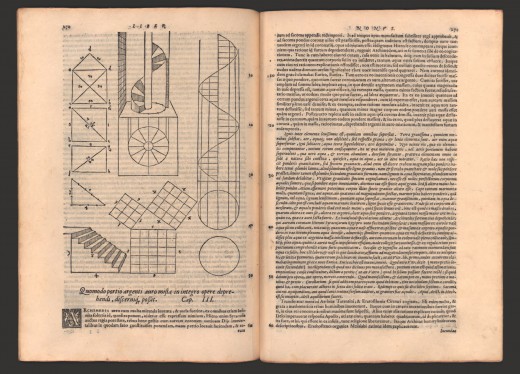
Different Forms & Principles Of Architecture
In searching for meanings and themes to be expressed architecture is philosophy. In creating forms, patterns and styles to express themes and meanings architecture is art. In trying to facilitate for human needs and desires architecture is skill. In making the desired structure possible to stand architecture is engineering. In enterprising to make such a project economically feasible architecture is commerce. The Roman architect Vitruvius, who lived during the time of Christ, has enumerated six fundamental principles of Architecture. They have reached us through translations of his famous treatise, “the ten books on architecture” and what we may understand them in our modern terms they are as follows:
1. Proper order i.e. the formal aspect of architecture
2. Arrangement i.e. the setting of a building in its neighborhood
3. Eurhythmy i.e. aestheticism
4. Symmetry i.e. mathematical and geometric relevance in ratios
5. Propriety i.e. utility aspect of the building
6. Economy i.e. its economic and financial feasibility
Vitruvius has emphasized on the component of beauty in architecture maintaining that not every building is architecture and the history of architecture is concerned with only the works done by the higher strata of society. There are serious philosophical and social objections against this school of thought. However what is not disputable is the trinity of components Vitruvius has propounded for the appreciation of architectural works i.e. venustas, utilitas and firmitas meaning beauty, function and structure respectively. Sir Henry Wotton has coined a more popular phraseology to express this triad: commodity, firmness and delight.
Together with these basic components, architecture is closely associated with history and culture. In comparison to the written documents, the silent monuments speak louder of cultures, beliefs, technological developments and natural events. To emphasize this aspect of architecture we may add, “Architecture is social and spiritual dimension of built structures”.
More important to note is to appreciate oneness of architecture. Whatever the fundamental principles or characteristic features encircle architecture, they are necessarily contained and carried by a single tangible existence.



